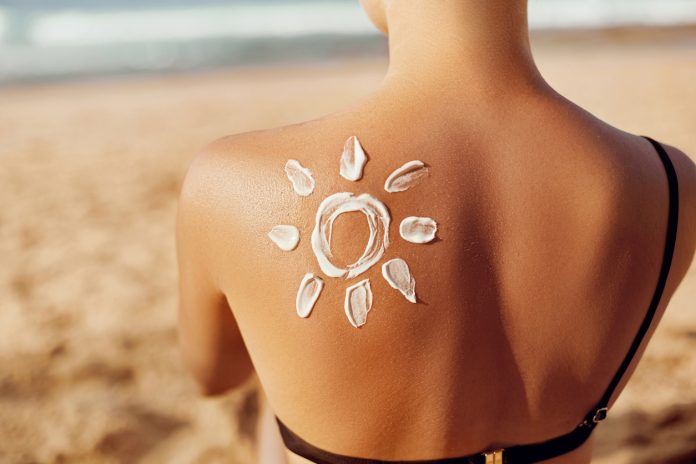
As summer unfolds and temperatures rise, many of us find ourselves spending more time outdoors. Whether you’re at the beach, park, or any other sunny spot, applying sun protection is crucial. When choosing a sun protection product, you’ll encounter two main options: sunscreen and sunblock. So, what’s the difference, and which one should you use?
The Difference Between Sunscreen and Sunblock
Yes, there is a difference, although it often comes down to semantics, according to Dr. Shilpi Khetarpal, a dermatologist with Cleveland Clinic. The distinction lies primarily in the ingredients.
You won’t find products labeled as “sunblock” in stores anymore. In 2011, the Food and Drug Administration (FDA) prohibited manufacturers from using the term “sunblock” as it overstated the product’s effectiveness. However, some products can be considered sunblocks based on their active ingredients.
Physical Sunscreens (Sunblocks): These contain zinc oxide or titanium dioxide and act as a shield, reflecting the sun’s rays. They are generally more effective at blocking UV rays. Physical sunscreens tend to be thicker and may leave a white sheen on the skin.
Chemical Sunscreens: These work like sponges, absorbing the sun’s rays and breaking them down to prevent skin damage. Common ingredients include oxybenzone and octinoxate. Chemical sunscreens are usually lighter and less visible on the skin.
Choosing the Right Sun Protection
Dr. Khetarpal recommends physical sunscreens with zinc oxide and titanium dioxide, especially for those prone to burning, individuals with a history of skin cancer, and infants. These ingredients are also better for people with fair skin.
Additionally, some locations, such as Hawaii and Key West, have banned sunscreens containing oxybenzone and octinoxate to protect marine ecosystems. These chemicals are not yet classified as “generally recognized as safe and effective” (GRASE) by the FDA, although they are not deemed unsafe. The Centers for Disease Control and Prevention (CDC) advises using sunscreens with less than 5% of these chemicals.
What to Look For in Sunscreen
Regardless of the type, Dr. Khetarpal recommends choosing a broad-spectrum sunscreen with an SPF of at least 30. If you plan on swimming or sweating, opt for water-resistant sunscreen. Note that sunscreens cannot be labeled as “waterproof” or “sweatproof” due to FDA regulations. Instead, they can be described as water-resistant, indicating effectiveness for 40 or 80 minutes during swimming or sweating.
When selecting sun protection, understanding the differences between physical and chemical sunscreens can help you make an informed choice. For maximum protection, especially in sensitive cases, physical sunscreens with zinc oxide or titanium dioxide are recommended. Always look for broad-spectrum coverage with an SPF of 30 or higher and choose water-resistant formulas if needed.







